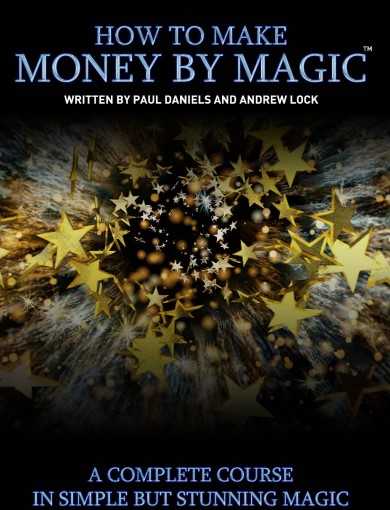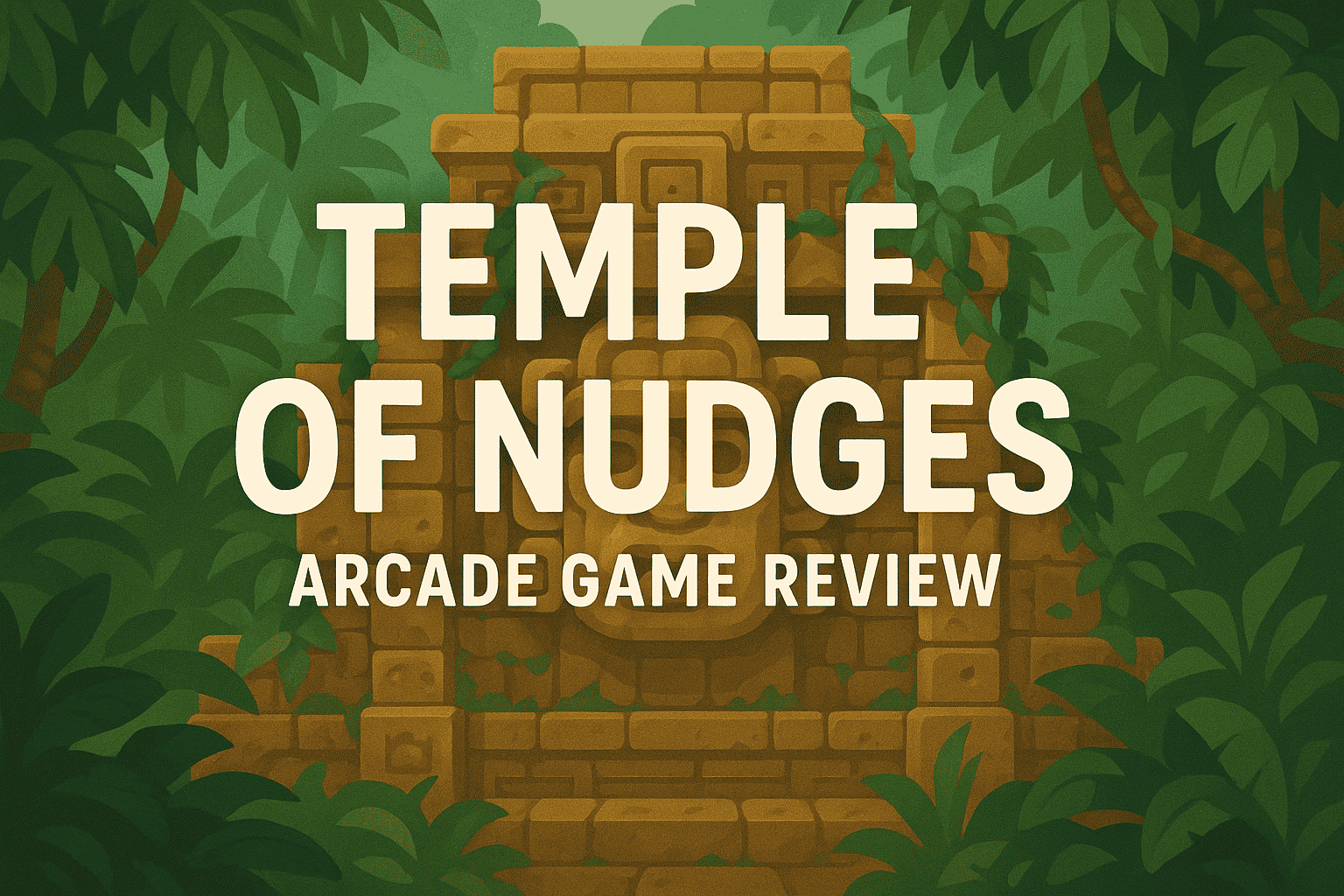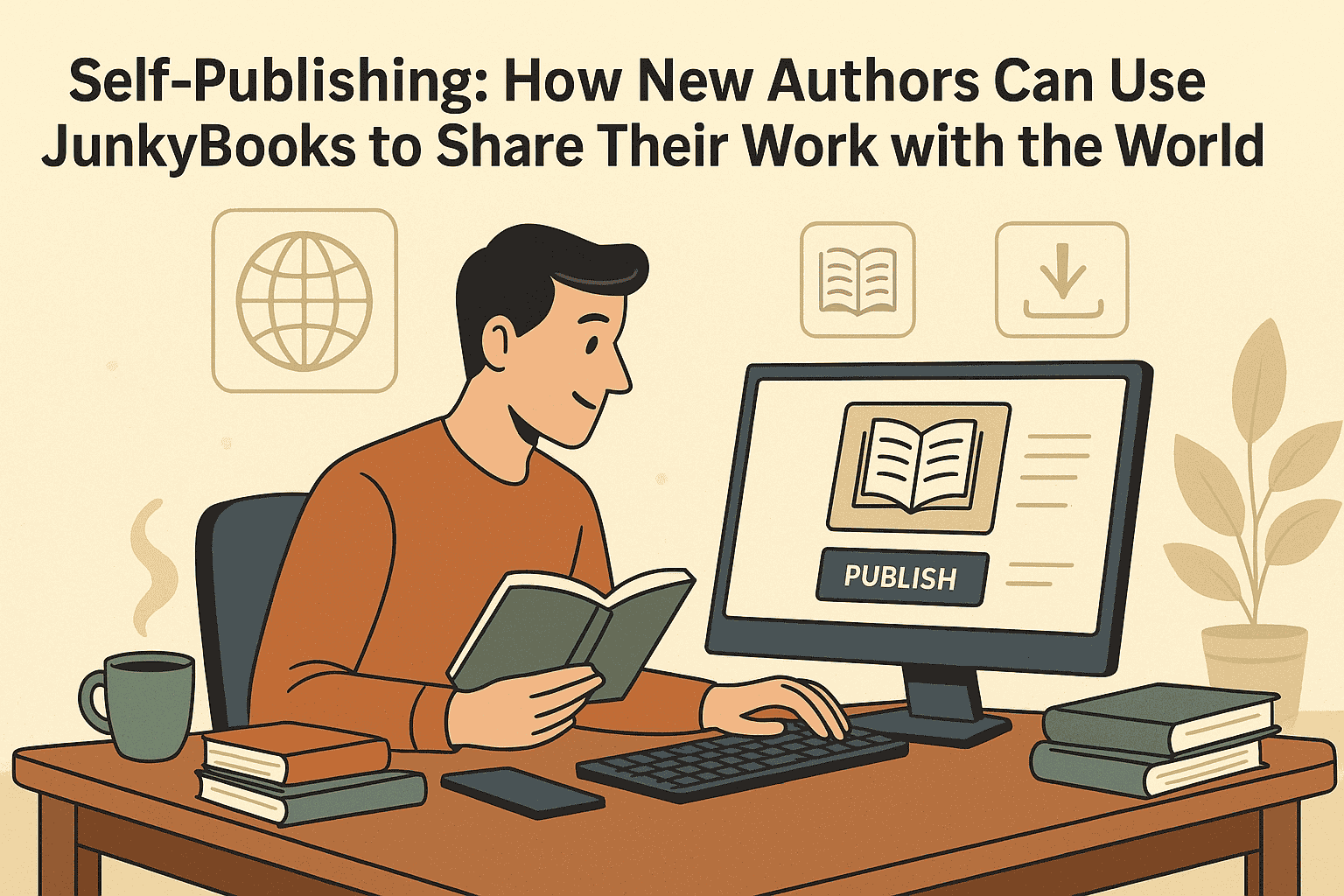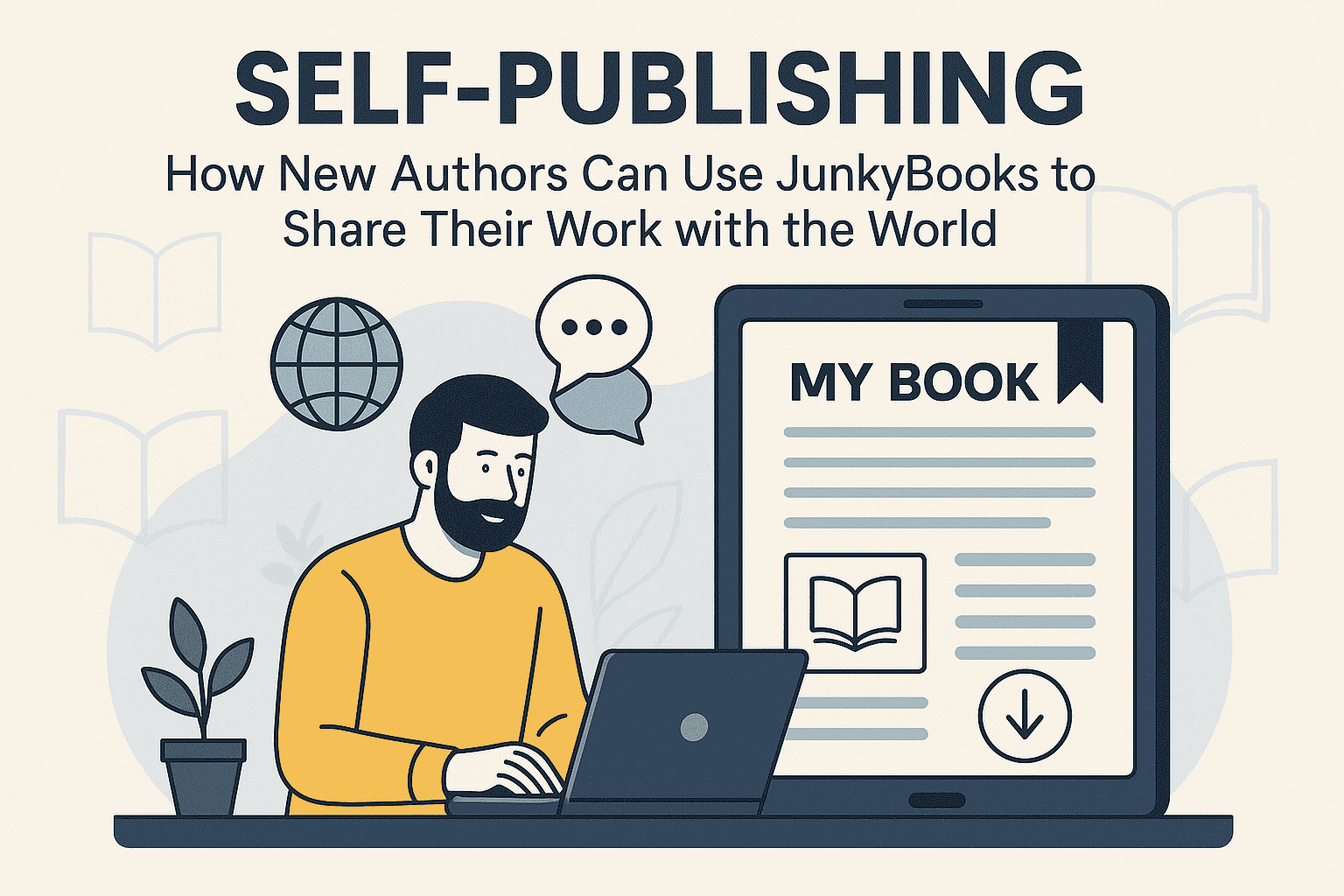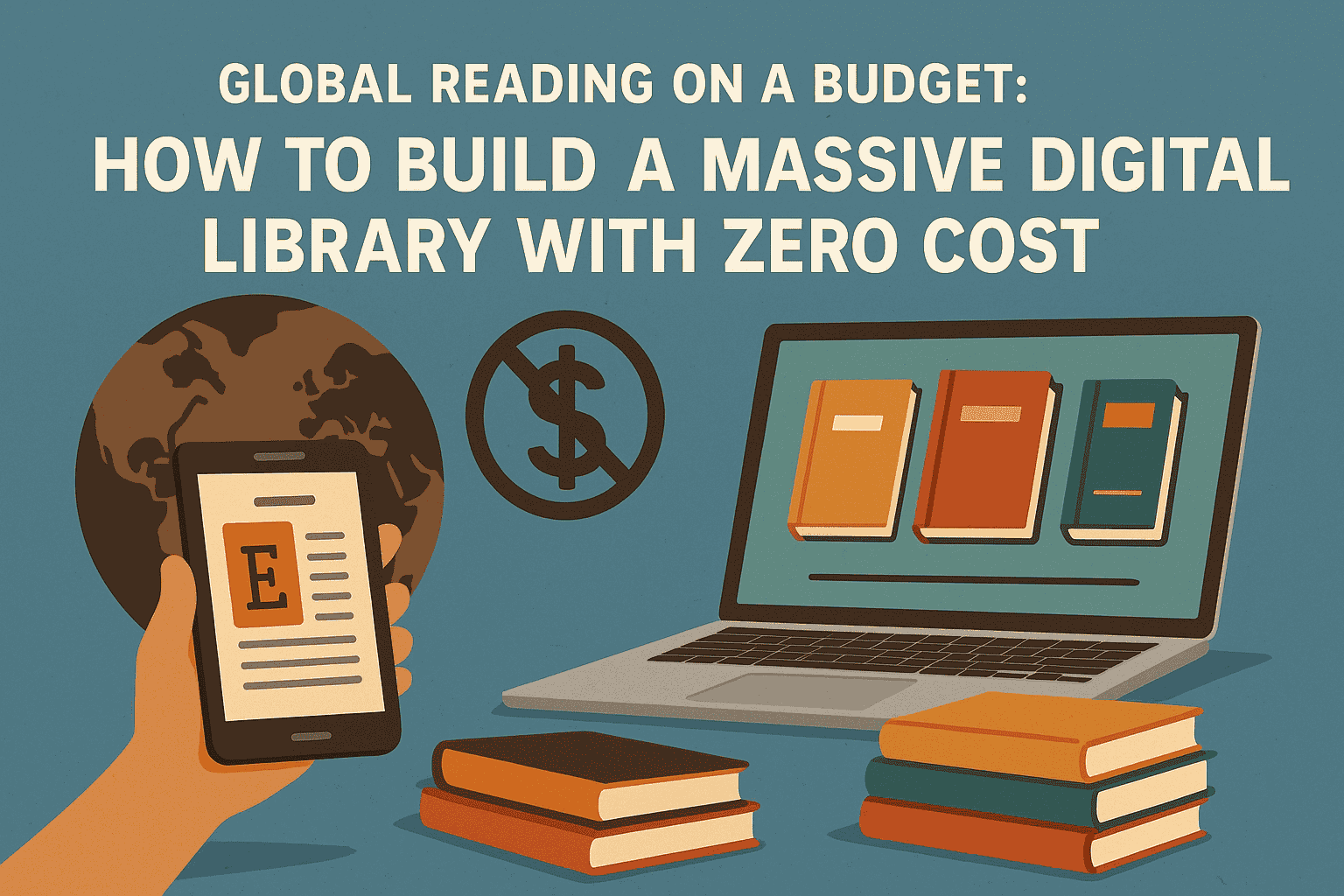Crowdfunding and the Rise of Consumer-Driven Innovation
Crowdfunding has revolutionized the way ideas become reality. No longer do inventors and entrepreneurs need to depend solely on venture capitalists or traditional bank loans. Instead, they can turn directly to the people who matter most: the consumers.
This consumer-first approach to funding has not only transformed the innovation landscape but also given rise to a new era of collaborative creation, where everyday people help shape the products and services of tomorrow.
What Is Crowdfunding?
Crowdfunding is the practice of raising small amounts of money from a large number of people, typically via online platforms like:
-
Kickstarter
-
Indiegogo
-
GoFundMe
-
Patreon
In many cases, backers aren’t just passive investors—they become early adopters, testers, and advocates for the products they support. This active engagement is what fuels consumer-driven innovation.
How Crowdfunding Empowers Consumer-Driven Innovation
1. Validating Ideas Before Market Launch
Traditional product development often requires large upfront investments without a guarantee of success. Crowdfunding flips this model by allowing creators to:
-
Test the viability of their ideas
-
Gauge market interest before investing heavily
-
Refine products based on direct consumer feedback
This real-time validation significantly reduces the risk of launching products that don’t resonate with users.
2. Democratizing Innovation
In the past, innovation was driven primarily by corporations and R&D departments. Crowdfunding has shifted the power to individuals and small teams with creative ideas, regardless of their financial background.
Now, if someone has a compelling vision and can tell a good story, they can raise the funds needed to bring it to life.
3. Building Communities Around Products
Successful crowdfunding campaigns often build tight-knit communities around their products. Backers feel a personal connection because they:
-
Contribute financially
-
Share feedback during development
-
Receive early or exclusive access to the product
This level of involvement fosters loyalty and turns consumers into brand ambassadors.
Notable Examples of Crowdfunding Success
Pebble Smartwatch
Pebble raised over $10 million on Kickstarter in 2012, becoming one of the platform’s most famous campaigns. Though the company eventually closed, its success proved that consumer demand for wearables existed before major tech players entered the market.
Oculus Rift
Initially crowdfunded on Kickstarter in 2012, Oculus raised nearly $2.5 million before being acquired by Facebook for $2 billion. It demonstrated how consumer support can lead to mainstream tech breakthroughs.
Coolest Cooler
This high-tech cooler combined Bluetooth speakers, a blender, and USB charging—earning over $13 million in support. Despite later delivery issues, it showed how novel product ideas could gain massive attention with the right marketing.
The Role of Storytelling in Crowdfunding
Compelling stories drive crowdfunding success. Creators often use videos, testimonials, and progress updates to make emotional connections with potential backers.
Good crowdfunding campaigns answer key questions:
-
Why does this product exist?
-
Who is it for?
-
What problem does it solve?
-
How will it make the backer’s life better?
This emotional storytelling element transforms campaigns into movements, not just sales pitches.
The Shift in Consumer Expectations
Crowdfunding has trained consumers to expect more transparency, collaboration, and innovation. Today’s users want to:
-
Support authentic brands
-
See behind-the-scenes progress
-
Offer feedback during the design process
This shift encourages companies to be more open and responsive, even outside of the crowdfunding space.
Challenges and Risks
While crowdfunding opens doors, it also comes with challenges:
1. Delivery Delays and Failures
Some campaigns overpromise and underdeliver, leaving backers disappointed. Manufacturing, logistics, and budgeting hurdles can derail even well-funded ideas.
2. Lack of Regulation
Unlike traditional investing, crowdfunding often lacks strong consumer protection laws. Backers may not receive refunds or accountability if a campaign fails.
3. High Competition
With thousands of campaigns launching every year, it’s difficult for creators to stand out without strong marketing, design, and storytelling.
Crowdfunding and Tech Startups
Tech startups benefit especially from crowdfunding because it:
-
Demonstrates early demand
-
Attracts media coverage
-
Opens doors to investors and partnerships
In fact, many successful campaigns use crowdfunding not just for funding, but as a launchpad to larger growth. Some combine their campaigns with post-campaign stores, venture capital, or retail distribution.
Future Trends in Crowdfunding and Innovation
As the space evolves, several trends are shaping the future of crowdfunding:
1. Equity Crowdfunding
Platforms like SeedInvest and Republic allow backers to become equity investors, giving them a financial stake in the company’s success.
2. Niche Platforms
Specialized crowdfunding platforms are emerging for specific industries, like real estate, science, or creative arts, allowing for more targeted support and communities.
3. Integration with Web3 and Blockchain
Some campaigns are experimenting with NFTs, smart contracts, and decentralized funding models, offering new ways to reward and engage contributors.
Conclusion
Crowdfunding has turned traditional innovation on its head. By empowering consumers to fund and shape the products they care about, it fosters a more inclusive, collaborative, and transparent approach to innovation.
For creators, it's a powerful tool for launching new ideas with direct market feedback. For consumers, it’s an exciting way to be part of the creative process—and even influence the future of technology and design.
As the lines between creator and consumer blur, one thing is clear: the future of innovation is being built—not just in labs or boardrooms—but in the hearts and hands of people all over the world.


